These Are the Causes of Global Warming (Plus, Learn What You Can Do to Make a Difference)
To help do your part to stop or slow global warming, it’s important to also understand the causes of global warming.
Updated Jan. 21 2020, 1:58 p.m. ET

With 2019 going on record as the second-hottest year to date, global warming continues to be a real threat to our environment, livelihood, and the world as we know it. Six of the hottest years so far in recorded history have happened in the past decade and yet, many people don’t understand the full depth of what global warming is, what the effects of global warming are, and what the causes are.
According to the NRDC, global warming is “the average global temperature,” which in the past 50 years has increased at “the fastest rate in recorded history.” Global warming is also known as climate change and is a direct result of emissions — or greenhouse gases — entering our atmosphere and causing the average global temperature to warm.
Global warming leads to many complicated and even dangerous issues. It can cause extreme weather events — like heat waves, droughts, extreme rainfall, hurricanes, tropical storms, and even wildfires — the depletion of colder areas like glaciers and ice, an uptick in allergies, asthma, and diseases, and ultimately impacts farmers’ crop yields, breed pests (it’s a warmer climate, after all), disrupt animals’ natural habitats, and increase sea level. These are only a few of the negative impacts of global warming, but they are crucial.
But what causes those emissions and greenhouse gases to enter our atmosphere? Let’s look at all the causes of global warming to fully understand what happens when greenhouse gases enter our atmosphere.
What Is Global Warming?
Global warming refers to the average global temperature getting hotter and in the past 50 years, it’s gotten hotter at the fastest rate recorded in history. The average global temperature warms when carbon dioxide and other pollutants, known as greenhouse gases, are emitted from certain processes and then “collect in our atmosphere, absorb sunlight and solar radiation that bounce off the surface of the earth,” according to the NRDC.
Now, the collection of greenhouse gases in the atmosphere is the main issue. Without that build-up, the radiation would simply leave our atmosphere, off into space. But because it collects, the greenhouse gases trap the radiation, causing the average global temperature to increase. This is also known as the greenhouse effect.
What Are the Causes of Global Warming?
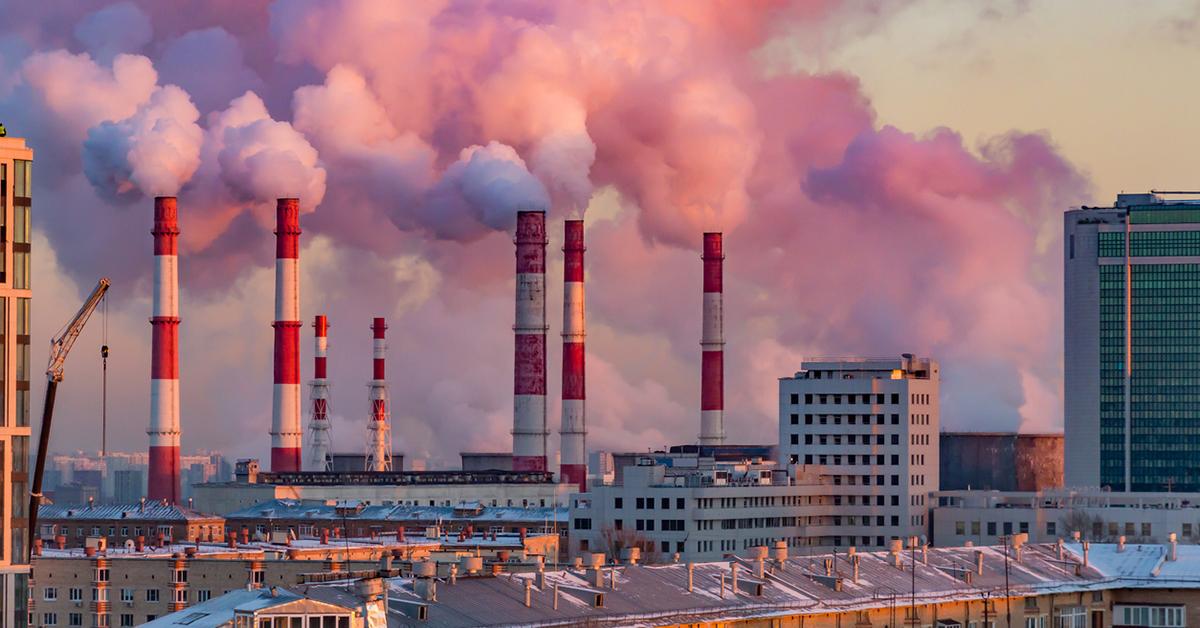
Global warming is caused when emissions from certain processes release greenhouse gases, including carbon dioxide and other pollutants like water vapor, methane, nitrous oxide, and Chlorofluorocarbons (or CFCs), according to NASA. But what kinds of processes cause these emissions to be released into our atmosphere?
According to the Environmental Protection Agency (EPA), the largest source of greenhouse gas emissions comes from the burning of fossil fuels. Burning fossil fuels — like oil, coal, and gas — causes pollutants to be released into the air, therefore warming our planet’s average global temperature. Humans burn fossil fuels so that we can have oil (for warming houses and supplying energy), coal (for supplying energy), and natural gas (for energy, electricity, and gas-fueled cars).
The burning of fossil fuels comes from six major categories: agriculture, commercial and residential, electricity production, land use and forestry, and transportation.
Agriculture
You might think that agriculture would be a positive in the fight against global warming — and it can be! — but if agriculture isn’t done a certain way, it can cause more setbacks and negative impacts than good. Industrial agriculture is the main setup of agriculture around the world and it can worsen global warming because of its massive carbon footprint, fertilizer and pesticide use, and the effects of land change.
Did you know that one-third of our greenhouse gas emissions in the U.S. come from industrial agriculture? In fact, agriculture is the main emitter of carbon dioxide in the global food system as it stands right now. Since industrial agriculture also often means using harmful fertilizers and pesticides — which also make emissions into the atmosphere — industrial agriculture as it stands needs to change in order to see an improvement in global warming and climate change. Industrial agriculture can also cause land change, which could mean deforestation or expanding suburban areas, depleting natural ones.
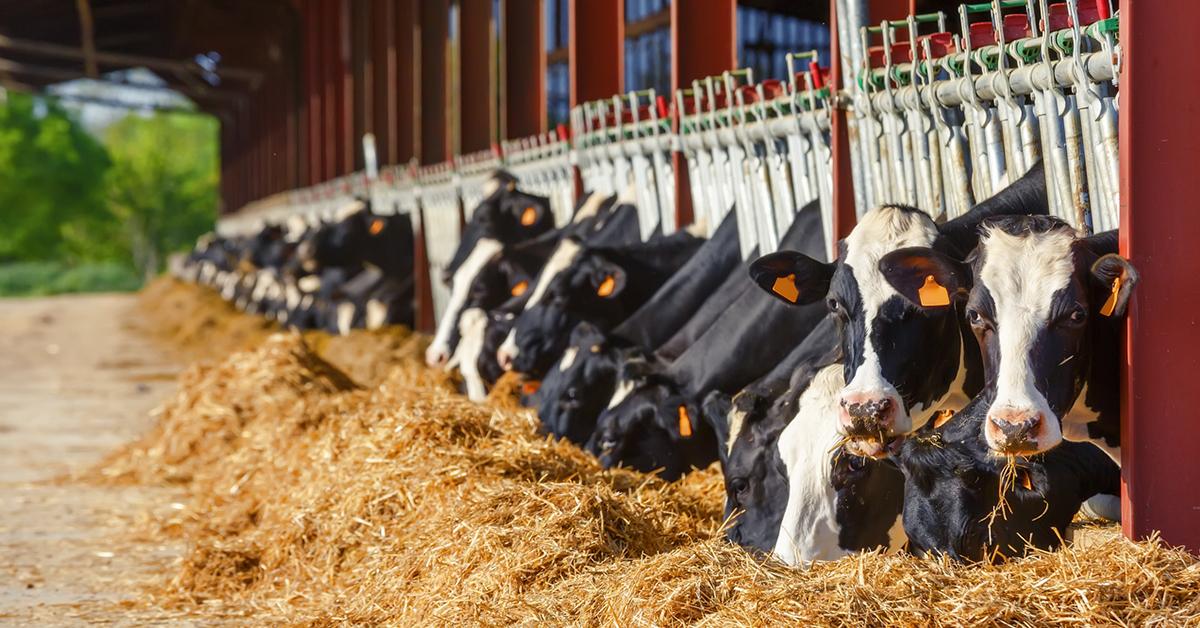
Animal agriculture and factory farms also contribute to the rising temperatures of the planet; animal agriculture is the second-largest contributor of greenhouse gas emissions — and increased by more than 50 percent between 1961 and 2010. Not only does it require a significant amount of resources to raise livestock for consumption, but some animals — particularly cattle — also produce methane. That’s why one of the best things one can do for the planet is reducing or eliminating his/her meat and dairy consumption.
Commercial and residential
Commercial and residential sectors refer to the emissions given off by all homes and commercial businesses — excluding any agricultural or industrial practices. Commercial and residential sectors can release both direct and indirect emissions, both of which are harmful and cause global warming. Some direct emissions include fossil fuel combustion — think heating and cooking, how homes and businesses manage waste and wastewater, and leaks. The term indirect emissions refers to offsite emissions that are a result of electricity being used in a home or business.
Electricity production
Electricity production is the second highest cause of greenhouse gas emissions, which cause global warming. In fact, electricity production accounted for 27.5 percent of all greenhouse gas emissions in 2017. Much of electricity as we make it today — unless it is sourced by non-fossil fuel energy generation technologies such as geothermal, solar, or wind — is made from the burning of fossil fuels like coal, natural gas, and oil.
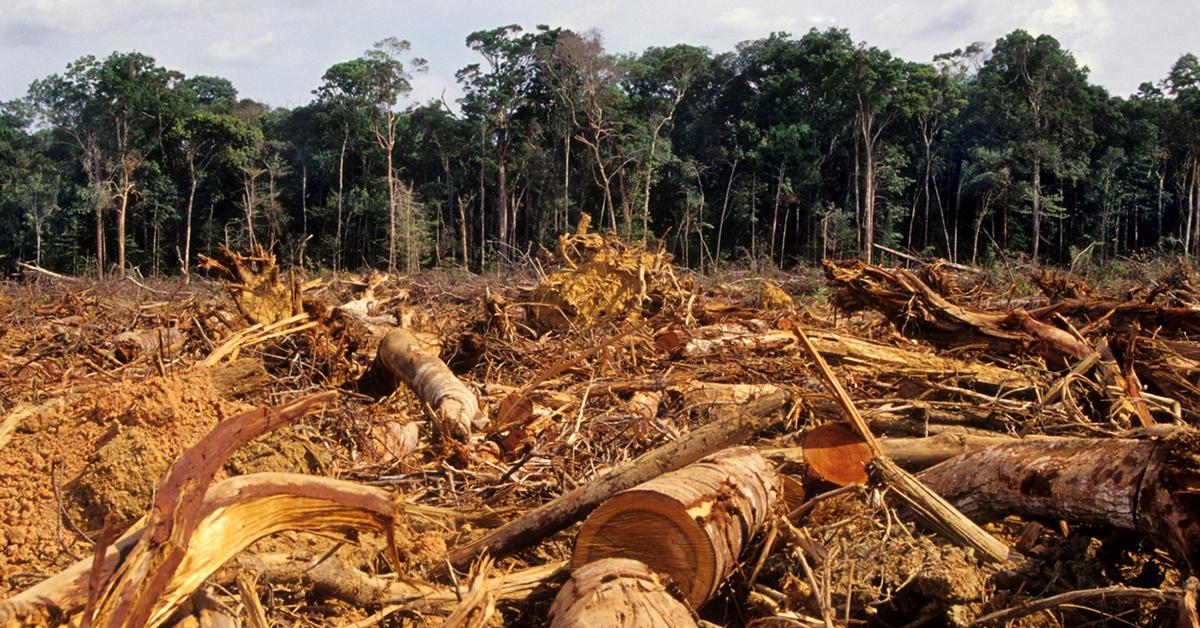
Land use and forestry
When you break down the environment, the natural beings in the environment — such as plants and animals — cannot do as much to correct what’s breaking down. So, for example, we know that plants absorb carbon dioxide, then store it as aboveground and belowground mass. This is called biological carbon sequestration and it takes carbon dioxide out of the air and puts it into storage; it’s also called sink.
That’s a good thing. So, theoretically, if we did not put more carbon dioxide into the atmosphere than our plants were working hard to remove, we would be okay. However, as we break down land for the purposes of construction and other management and repurposing of lands, the amount of carbon emissions we’re putting into the environment becomes more than what the plants are taking out and storing. In fact, the Land Use, Land-Use Change, and Forestry (LULUCF) sector of the U.S. is actually net sink.
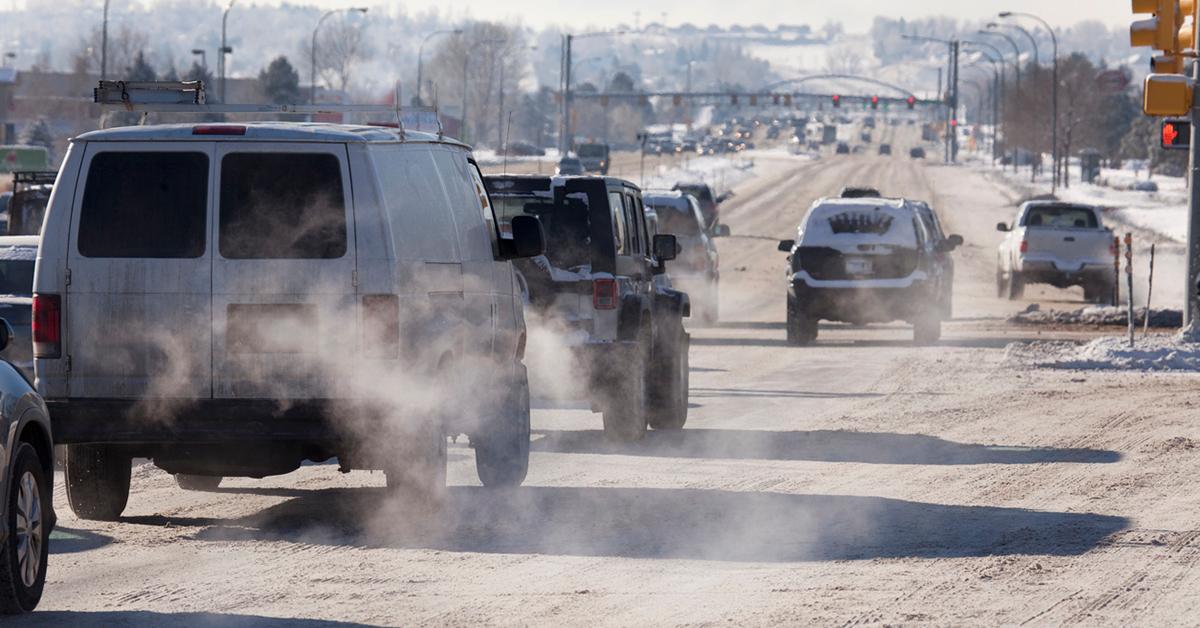
Transportation
According to the EPA’s report Inventory of U.S. Greenhouse Gas Emissions and Sinks, transportation is the largest source of greenhouse gas emissions, accounting for 28.9 percent of all 2017 greenhouse gas emissions. Transportation accounts for everything from burning fossil fuels for cars, ships, trucks, trains, and planes.
How Can We Offset the Causes of Global Warming?
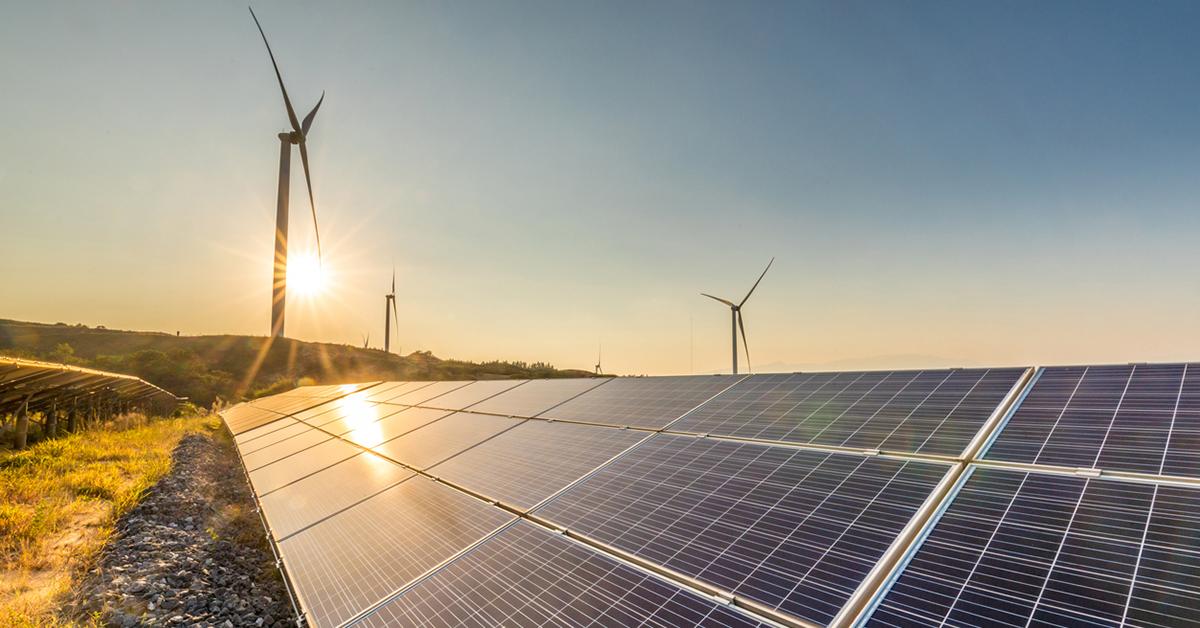
It’s one of the most important questions facing the issue of climate change and global warming today. How can we offset what damage is already being done to cause global warming?
For starters, a drastic cut in emissions needs to happen. Instead of burning fossil fuels to create various sources of energy, alternatives could be used — solar, geothermal, and wind energy sources. But until that happens, cutting back as much as possible on your emissions is crucial to offsetting global warming. Using public transportation or buying an electric vehicle (EV) is always a meaningful option in cutting back on your individual carbon footprint. You can also do small things to help conserve the amount of energy you use — eat locally, organic, and in-season, eat plant-based, unplug technology when it’s not being used, buy clothes second-hand, and hang-dry your clothes instead of running the dryer. Make as little waste as possible.
You can also use the Carbon Footprint Calculator to track how much carbon your particular lifestyle emits into the atmosphere. Ready to make a change? Realizing just how much greenhouse gases your lifestyle emits will be a big step toward making that change.